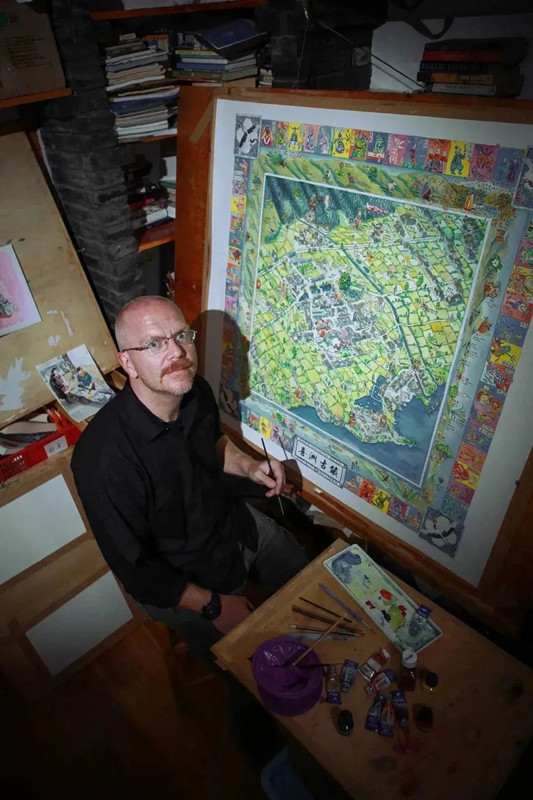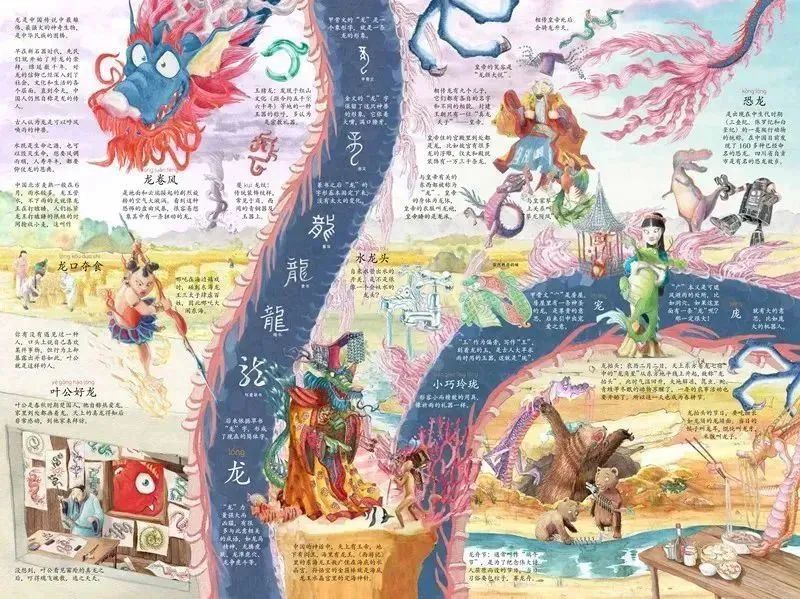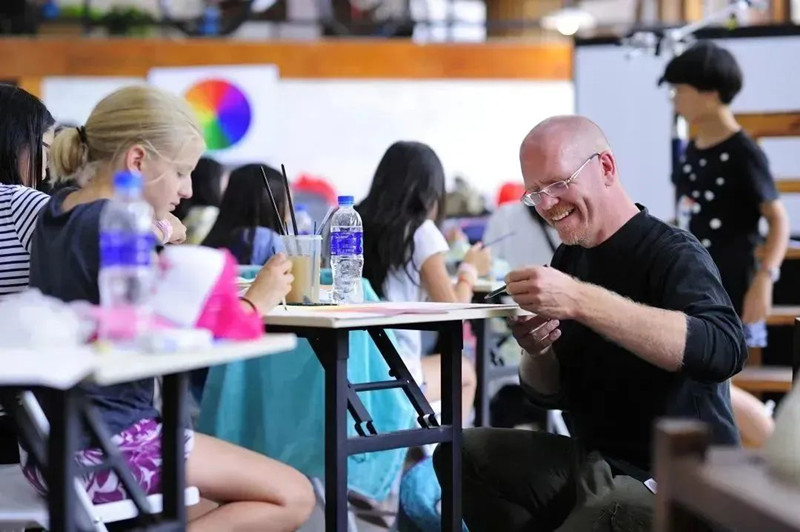Jason (UK): I find inspiration in Chinese characters
I am from the UK. When I got married, I took my wife’s last name, Wan. Therefore, here in China, people refer to me as Wan Zhesheng. My father has long been intrigued by Chinese culture. Consequently, after completing secondary school, I decided to major the Chinese language at the University of Leeds.

In 1993, I arrived in Tianjin to pursue my studies. Later, I worked as a magazine editor in Shanghai. By 2005, after more than a decade of urban living in China's bustling metropolises, my wife and I had made the decision to escape the city life and establish ourselves in the tranquil town of Dali in Yunnan. It was in Dali that we discovered a more serene way of life and reconnected with nature.
Running our coffee shop, producing jam, engaging in painting, writing or translating books... These are the opportunities Dali provided for us to pursue the lifestyle we had always desired. Over the past decade, I have transformed my experiences, emotions, and art from Dali into a Chinese book titled A Dali Sketchbook. This book, filled with local histories, myths, and folktales, serves as my heartfelt tribute to Dali.

Three years ago, we made the decision to relocate to Kunming. I vividly recall my first visit to Jinbi Road in central Kunming back in the 1990s. The street was adorned with numerous oriental plane trees, and the scent of roasted coffee beans wafted through the air. Nowadays, Kunming has developed into a bustling city, and I have embarked on a fresh chapter in my life here, forming new friendships and encountering unique experiences.
Currently, I am dedicated to crafting my upcoming book titled The Story of Chinese Characters. In this book, I provide interpretations and explanations of Chinese characters from the lens of a non-native speaker. For instance, in the character "鸟" (bird), there is a dot in the middle, whereas in "乌" (crow), there isn't. This distinction arises from the fact that the dot symbolizes the bird's eyes, which are indiscernible due to the crow's dark eyes, hence the absence of a dot in "乌." I find it fascinating to unravel these visual narratives within a language that seems to be abstract.

Imagination is essential in my exploration of Chinese characters. I adopt a deductive approach to trace the evolution of Chinese characters, from oracle bone script to bronze script, small seal script, and finally to the traditional and simplified forms in contemporary usage. Through this method, I see Chinese characters evolved from mere strokes and symbols into representations of animals, plants, and various objects. It never ceases to amaze me that Chinese people are using the characters that originated thousands of years ago.
I now serve as a bilingual primary school educator. I employ animations and interactive games to explain the etymology and narratives associated with Chinese characters, idioms, poems, and more. Beyond the classroom, I organize a summer camp named Allstars Summer Camp, known as the "Wen Wu" camp in Chinese. The term "Wen" encompasses the instruction of knowledge, painting and craftsmanship, whereas "Wu" emphasizes the value of outdoor activities.

After residing in Yunnan for an extended period, I am grateful for the enchanting allure of Dali, the dynamic transformations in Kunming, and the remarkable creativity exhibited by my students. Their boundless imagination has ignited my curiosity and provided me with endless wells of inspiration.
Writing and translating by Guo Yao; video by Zi Jianfei; photographs providing by the interviewee








